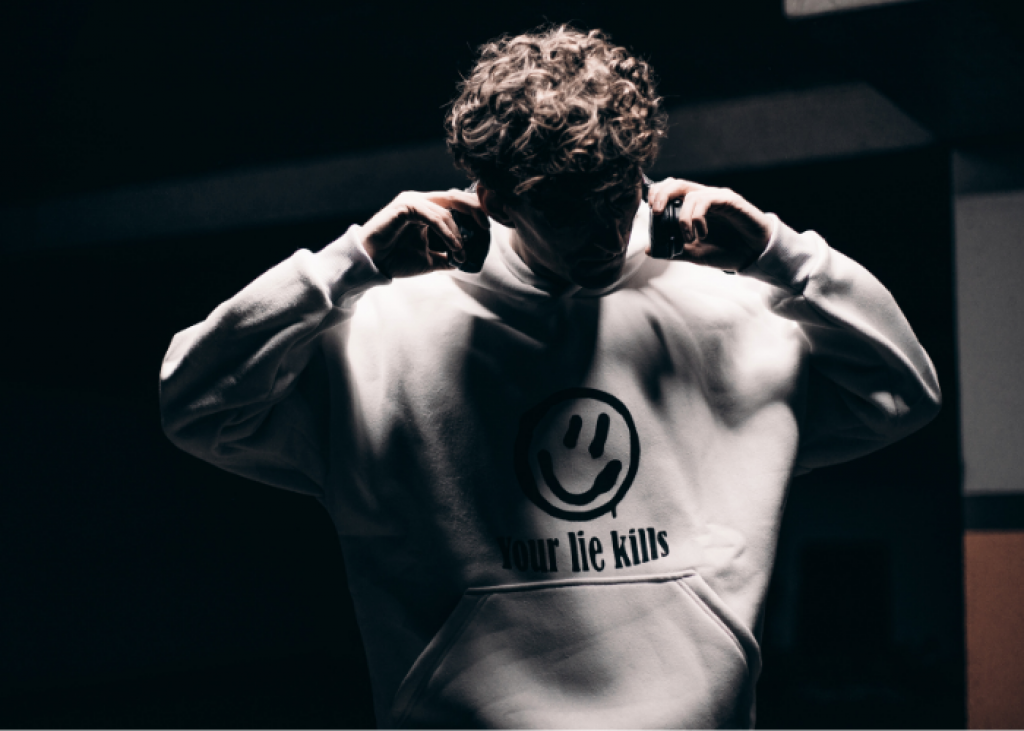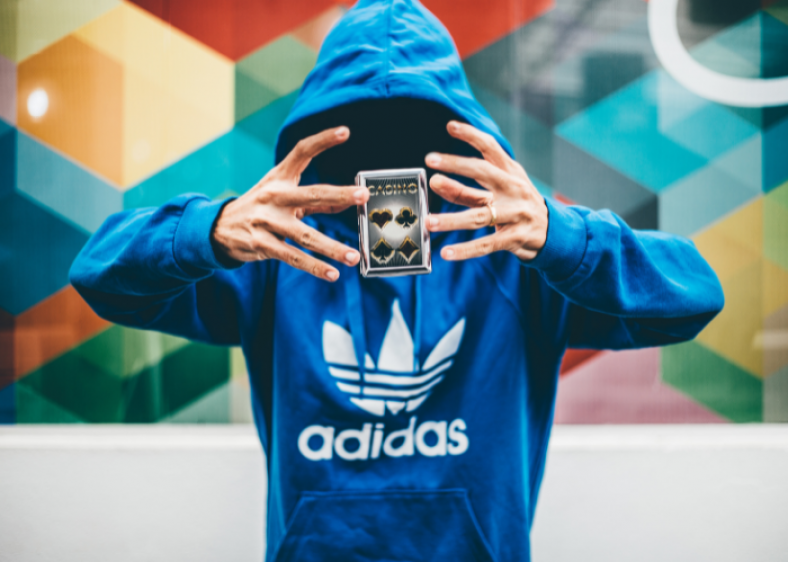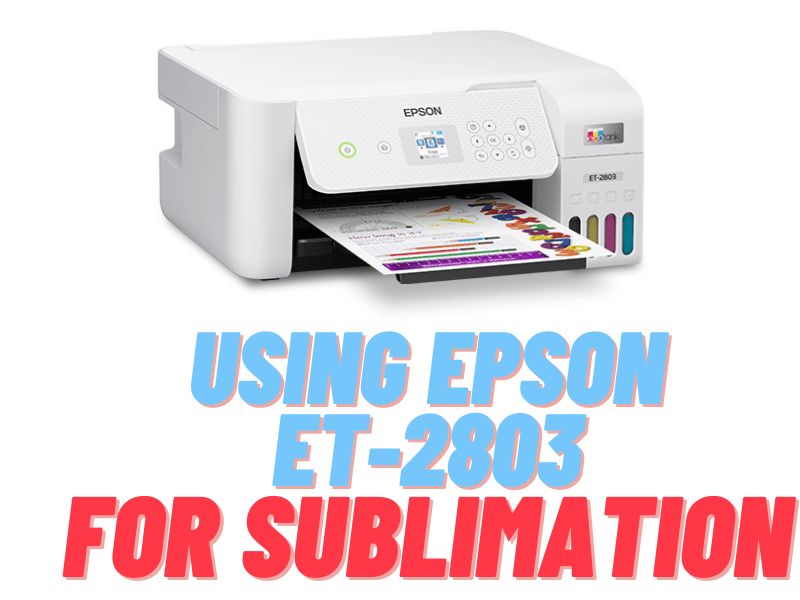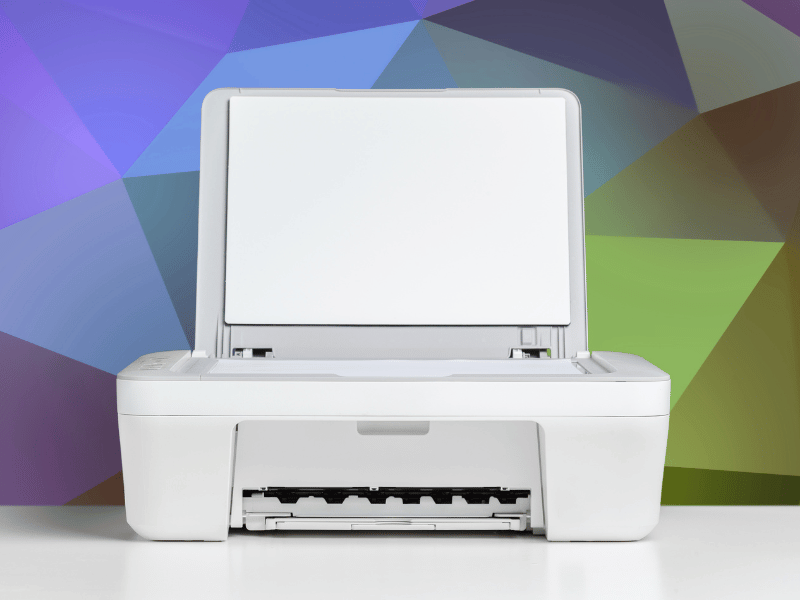Thanks to advancements in the technology industry, there’s more to printing now than transferring words and images on paper. Now you can print on various materials including metal, plastics, and fabrics. Even so, it’s important to know which type of printing technique suits the print quality you desire and your wallet.
With that said, there’re two major printing techniques and the most popular you can work with. That includes sublimation printing and DTF printing. While these two have similarities, they also have noteworthy differences. Talking of that, here’s a text about DTF printing vs sublimation printing to help you choose between the two methods:
What’s DTF Printing?
DTF or Direct to Film Printing is a printing technique that supports the transfer of images to more than just fabrics. With this technique, you can print on various materials including metal, and plastics. In other words, there are no limitations when it comes to printing on materials. Therefore, if your project or business entails printing on fabrics, this is the best technique since it accommodates all fabrics.
How it works:
First, you’ll need a DTF printer with 6 color ink tanks or more at your disposal before you begin this process. Thankfully, you don’t need a huge investment to get all the pieces of equipment you need. Therefore, whether you’re a starter or an established company adapting this technique, learning more about it is worth a shot.
Modified direct to film printers for example are fitted with multi-color ink-tanks. As such, you can leverage CMYK settings to deliver vibrant colored prints. Also, you don’t need rollers with this technique and print quality will still be vivid and flawless.
With that said, the printing steps are as follows:
- Print the image on PET film
- Powdering on the film with the image
- Heat the powder to melt
- Pre-pressing
- Transfer
- Cold Peel
- Post pressing
What’s Sublimation Printing?
Dye-Sublimation printing is a special printing method that entails the use of sublimation ink and a special transfer paper. From the special paper, the image transfers to the product e.g. polyester, mug, plates e.t.c
How it works:
Sublimation printing involves a chemical reaction where the ink (solid) when heated, directly transforms to gas. There’s no liquid state in between. This chemical process is known as sublimation, and the ink used is sublimation ink.
- Designs the image on a PC using RIP software
- Sublimation printing on the paper
- Set up the sublimation paper on the items
- Heat-transfer-press
- Pill to reveal the print
DTF Printing Vs Sublimation Printing:
Similarity:
When it comes to direct to film and Sublimation printing, there are similarities worth noting. They include:
- Both processes rely on heat transfer as the final method of moving the print onto the product.
- Both use special transfer materials during printing and transfer of the image to the products.
Differences:
- Different Process:
Both printing methods rely on heat transfer of the image to get the end product. However, the temperature settings and time it takes to complete the process are different. For instance, DTF settings include 2-5 seconds and the temperature at 130 to 170 degrees. On the other hand, sublimation printing requires 40 to 75 seconds and the temperature at 360 to 400 degrees.
- Print Quality:
The picture quality from both printing methods is exquisite. However, the difference comes in details and texture feel. For instance, the direct to film method delivers prints with lifelike effects or photo quality. Further, the print is stretchable and washable. On the other hand, sublimation prints have no photo effects. Also, the print quality relies on the polyester content of the material. That said, materials with the highest polyester content have better print quality.
- Washing fastness plus elasticity:
When it’s washing alone, sublimation prints have better performance compared to that of DTF. However, the differences come in quality. You see, direct to film prints based on quality have better washing fastness plus elasticity. And when it comes to sublimation printing, it doesn’t stand a chance.
- Feel:
The resulting print from these two methods has a different feel. Since DTF uses hot melt glue, the print feels handy on the fabric. And that’s because it’s on the fabric surface. On the other hand, sublimation methods involve the dye fusing with the fabric. Therefore, when you touch it, it feels as soft as the fabric itself.
Getting Started:

Between these two printing methods, which one have you decided to employ in your printing business? Unfortunately, there’s no exact answer to this. According to experts‘ recommendations, you can choose one based on personal preference, budget, or business needs.
And that’s because they are both efficient and handy when it comes to custom prints. To help you out a bit, choose DTF if your business entails printing on various types of fabrics. And that’s because this method gives you the versatility you won’t find in sublimation. However, if your printing business entails working on hard surfaces like plates, mugs, signage, and specific fabrics, sublimation will do.
Whichever option you decide to adopt in your business, these are powerful printing techniques worth working engaging. They allow you to expand your creativity when it comes to printing and they have potential when you commercialize them.




